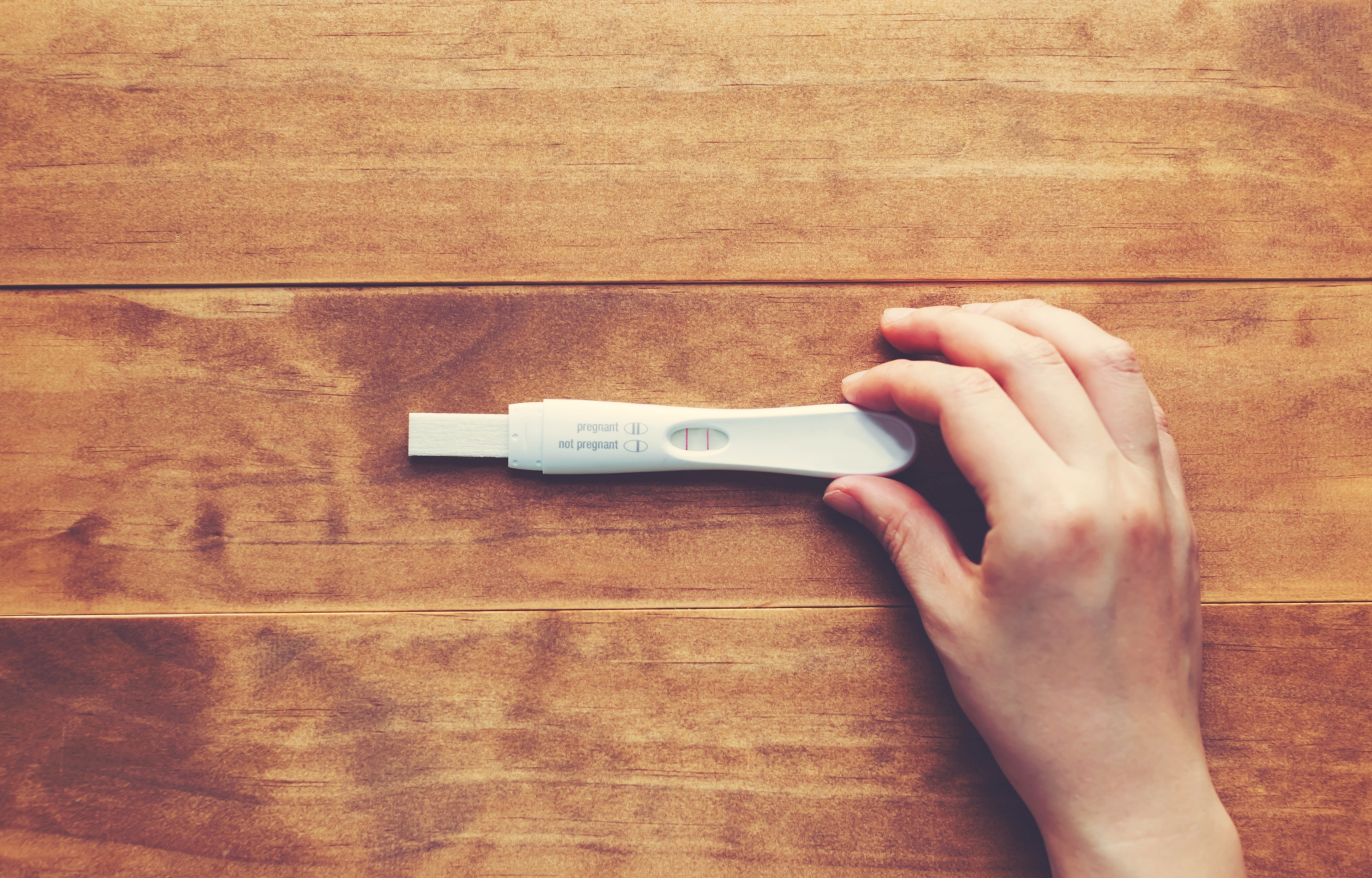By Evelyn M. Kappeler
Courtesy of PubMed Central®
One out of every eight people living in the United States today (about 42 million people) is a teenager.1 Most of these young people are healthy and developing well, and there is good cause for optimism in many areas of adolescent health. But too many teenagers still face preventable behavioral and mental health problems, substance abuse, injuries, violence, obesity, and other challenges. For example, the Youth Risk Behavior Surveillance System survey concluded in 2013 that many high school students are still engaging in sexual risk behaviors that contribute to unintended pregnancies and sexually transmitted infections, including human immunodeficiency virus infection. About half of all high school students have had sexual intercourse during their lives.2 Other data indicate that approximately one in eight adolescent females will become pregnant before they reach age 20 (Unpublished data. Welti K. Percentage of teens who experience a first birth based on analyses of National Center for Health Statistics 2012 final birth data).
For a long time, we have known that adolescence represents a key time of rapid growth and development. Young people’s brains are still developing, and they do not fully resemble the brains of adults until they reach their early 20s.3 We also know that exposure to risk factors during adolescence helps determine who will remain healthy later in life. Increasingly, we have come to recognize that major risks for cancer, diabetes, obesity, and cardiovascular disease commonly start or intensify during the teen years, and that most mental health disorders begin before age 25.4
We have also come to realize how important social and economic factors are to the health of adolescents and the adults they will become. Education and income levels; health behaviors such as tobacco use, diet, and exercise; access to high-quality health care; and healthy and safe environments all contribute to an adolescent’s overall health.5 We know that young people living in poverty are particularly at risk. Roughly one in six adolescents (18%) aged 10–19 years lived below the federal poverty level in 2012.6 In addition, young people who are the children of immigrants or refugees; who are homeless, living in foster care, or involved with the juvenile justice system; or who identify as lesbian, gay, bisexual, transgender, or questioning (LGBTQ) face additional health risks.7 Adolescents aged 12–17 years have the highest prevalence of special health-care needs (17%).8
Some of these problems can be prevented through continuous health insurance coverage, which can improve access to preventive and behavioral health services and help adolescents prevent or manage health issues that can disrupt school attendance or healthy development.9 Most people younger than 18 years of age now have health insurance,10 but even teens with insurance do not always receive the preventive medical care visits or all the screenings and guidance on health behaviors recommended for them.11
TEEN PREGNANCY PREVENTION
One of the great public health challenges of our time has been teen pregnancy. In recent years, however, teen birth rates in the United States have declined substantially to historic record lows since the most recent peak in the early 1990s. The birth rate for females aged 15–19 years declined from 89.1 births per 1,000 females in 196012 to 26.5 births per 1,000 females in 2013, a historic low for the United States and a decrease of 10% from 2012 (Figure). Birth rates for teenagers aged 15–19 years declined for all groups from 2012 to 2013, with rates down 9% for non-Hispanic white, 10% for Hispanic and Asian/Pacific Islander, and 11% for non-Hispanic black and American Indian/Alaska Native teenagers.13
Birth rates for teens aged 15–19 years, by age: United States, 1960–2013
Source: Martin JA, Hamilton BE, Osterman MJK, Curtin SC, Mathews TJ. Births: final data for 2013. Natl Vital Stat Rep 2015 Jan 15;64:1-68.
In addition, the proportion of American adolescents who are having sex at early ages has decreased since 1988.14 Despite these positive trends, however, 273,105 infants were born to teen mothers in 2013,14 and the U.S. teen birth rate remains higher than in other developed countries.15 Geographic, socioeconomic, and racial/ethnic disparities in teen birth rates persist. In 2012, non-Hispanic black and Hispanic teen birth rates were still more than twice the birth rate of non-Hispanic white teens. Birth rates are much higher among older teens than among younger teens.14 So, although the teen birth rate has declined, there is still work to be done.



Leave A Comment